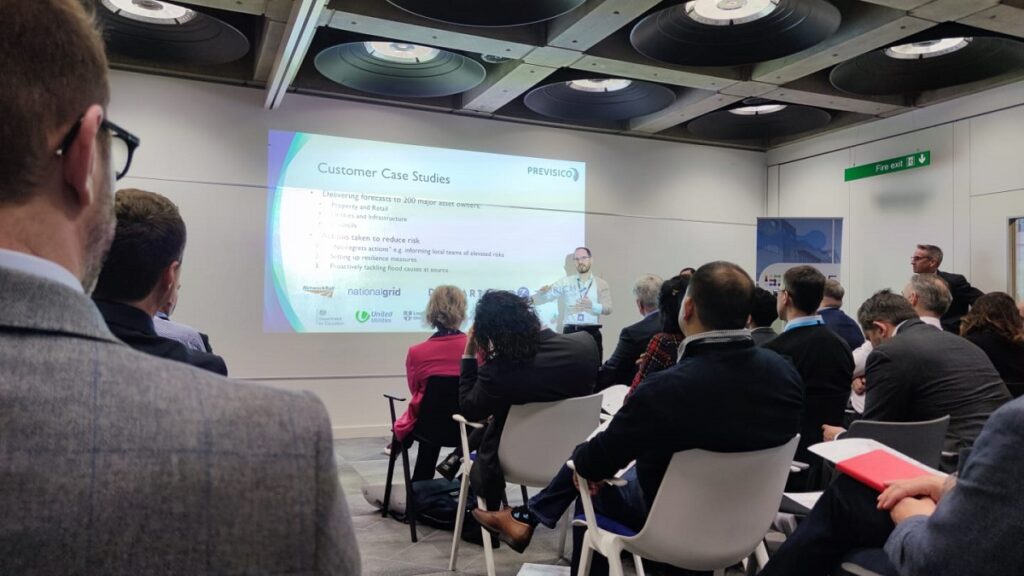On the 22nd March, SENSE Consortium, a company set up to drive IoT adoption in the commercial property sector, welcomed attendees to its seminar at Lloyd’s London building to discuss how IoT can be utilised in the insurance industry.
Having a schedule of company representatives ready for the day, President of SENSE Consortium Hélène Stanway kicked off proceedings with an axiom that reminded participants why they had come: “We know having IoT devices as part of an insurance plan reduces the cost of claims”.
Then started the flurry of other experts to hammer home Stanway’s case as they explained how their respective companies utilises IoT for their clients to help with their insurance or with claims.
In a pre-recorded roundtable shown to attendees, CEO of Novem Digital Inc Clint Undseth raised the question, “why do you think our industry has been so slow to adopt these things?”
“Commercial properties have begun more and more to use real-time data to understand a fuller picture of their assets and their risk.” Founder of SENSE Consortium David Clamp later weighed in on the statement with comments to IoT Insider. “And insurance companies are now beginning to reflect those sentiments of their customers.”
Dr Avi Baruch, COO of Previscio, a company that deals with flood detection, highlighted two main points IoT in insurance can help with: mitigation and minimising damage.
“Our sensors helped us find a drain blockage, clear them out and avoid potential flooding.” Baruch told the room. IoT was therefore being highlighted for insurance, which often has to pay out after an incident has happened, as a way that incidents can avoid happening in the first place.
Secondly, the minimising, in terms of Previsico’s flood prevention, went on to show that being forewarned is forearmed. The real-time data capabilities of IoT can detect, for instance, when water has risen to a certain level and inform the users there is a likelihood of flooding. Knowing this several hours before can allow relevant parties to take action to minimise the effect of when it happens, for instance, install adequate flood protection with temporary sandbags.
With the hall’s heads now filled with a flood of theoretical applications and examples of IoT in action within in insurance, it was now time for some IoT workshops!
The day’s talk closed having highlighted how the real-time flow of data of IoT is not just something that will be utilised by self-driving cars learning to navigate the roads but how humans can also make better decision from the data collected from these interconnected systems.
There’s plenty of other editorial on our sister site, Electronic Specifier! Or you can always join in the conversation by commenting below or visiting our LinkedIn page.
